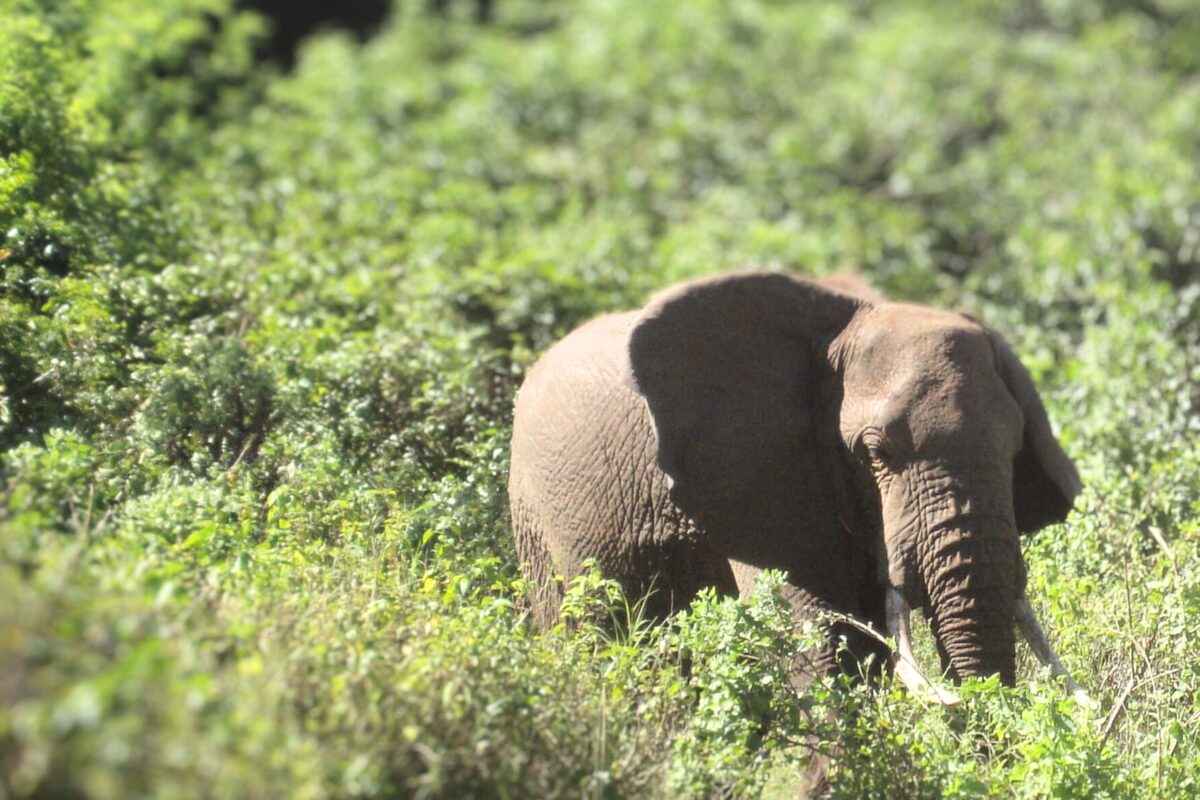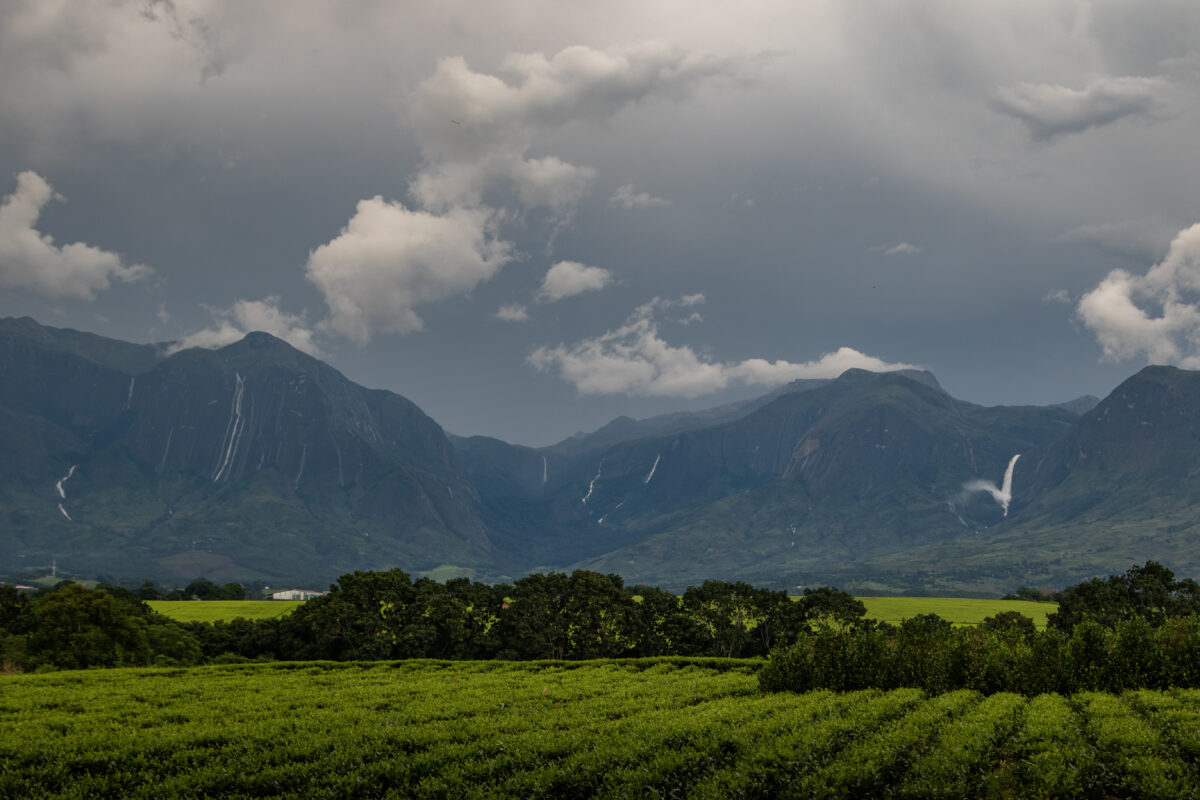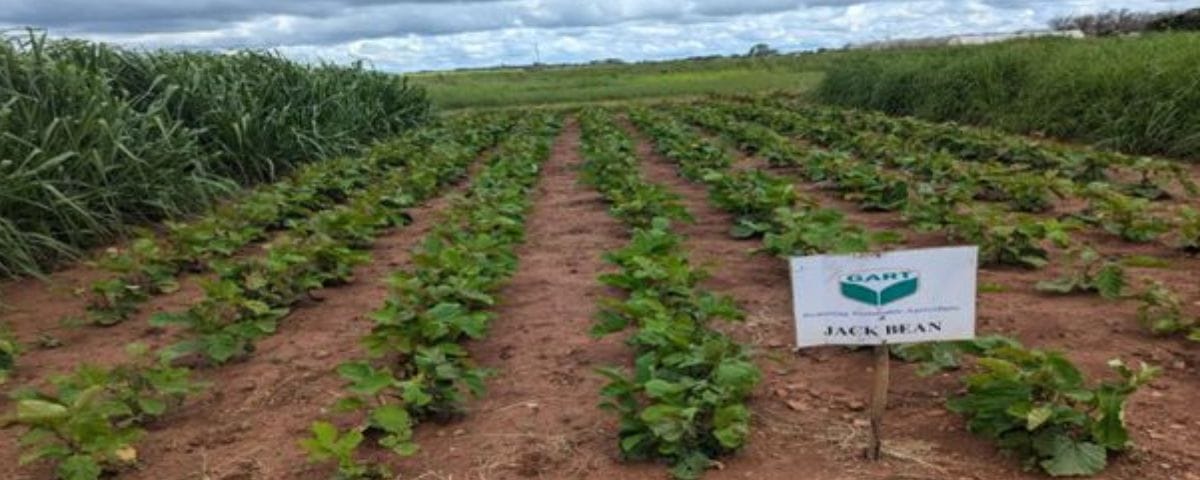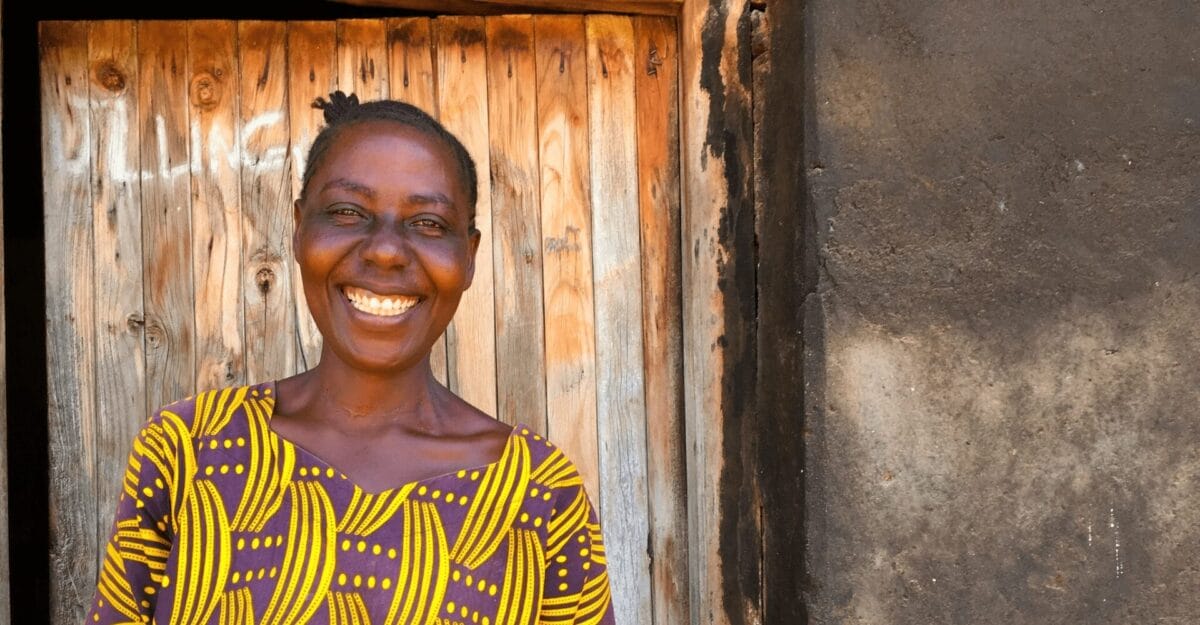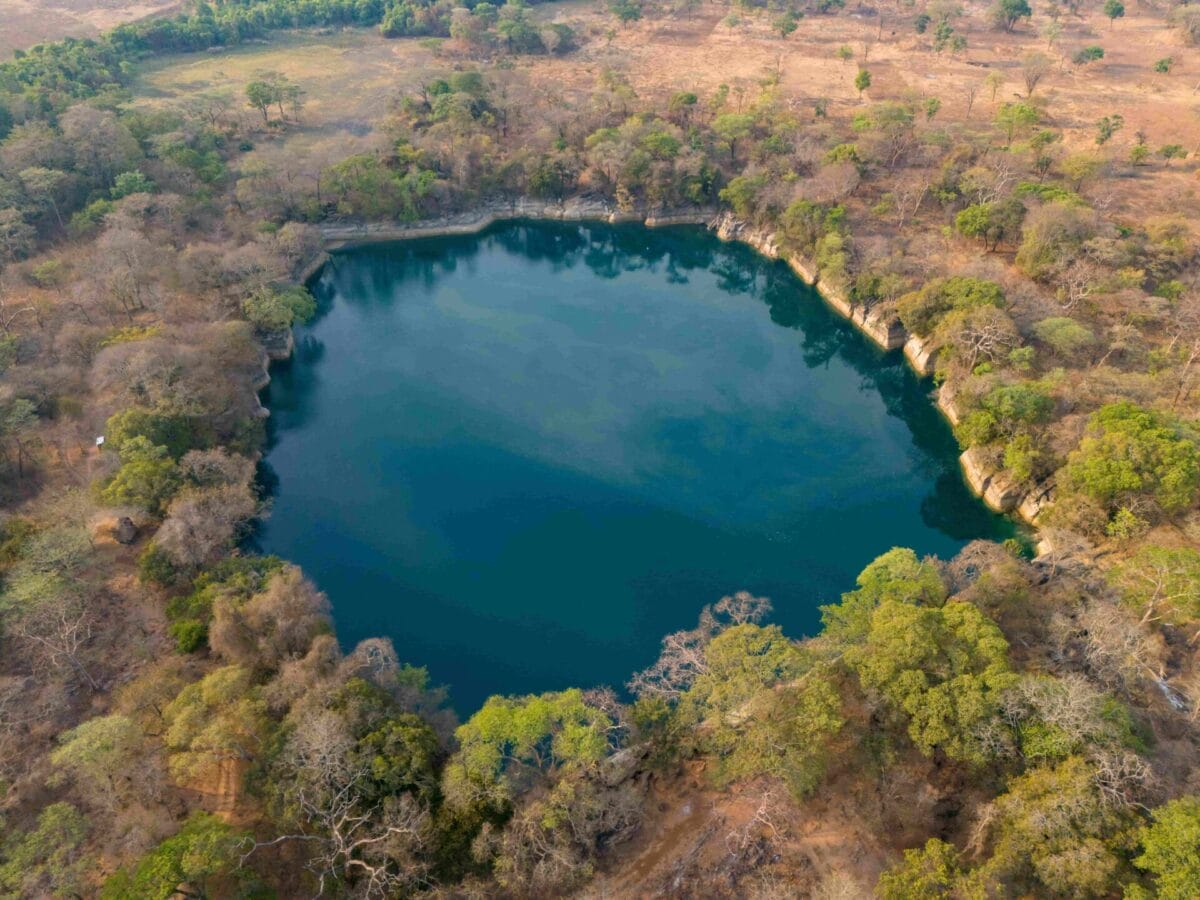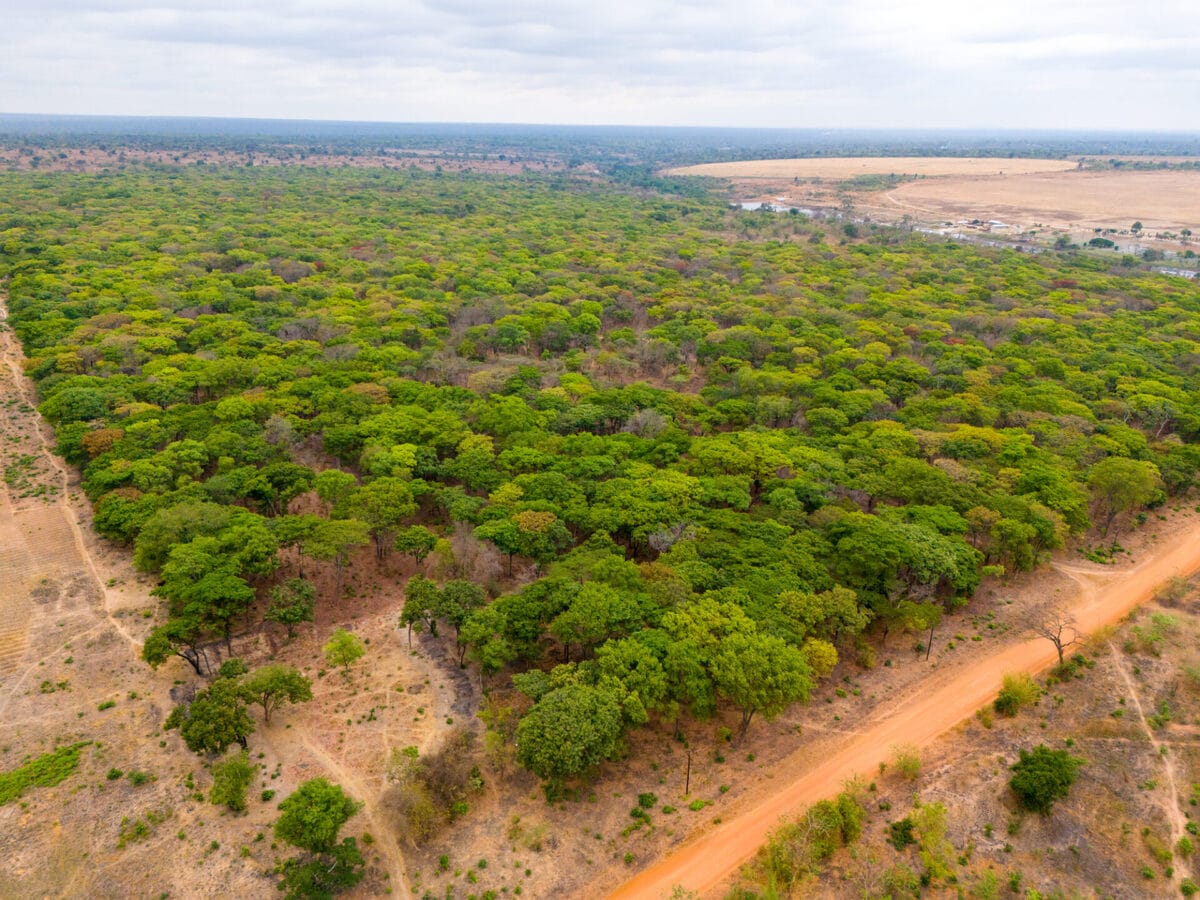In the Pontal do Paranapanema region of southeast Brazil, the sounds of nature are telling an encouraging story of ecological recovery. Over the last three years, WildMon, WeForest, and the Instituto de Pesquisas Ecológicas (IPÊ) have partnered on a groundbreaking eco-acoustic monitoring project to understand how restoring forest corridors is supporting wildlife return to this fragmented landscape. (Read the full report).
A sound-based approach to biodiversity monitoring
The goal of the study was to monitor how birds, amphibians, and mammals respond to reforestation efforts that reconnect forest patches. Rather than relying solely on visual surveys, researchers used passive acoustic monitoring—placing specialized recording devices across the region to capture the natural soundscape.
From 2021 to 2023, acoustic recorders were deployed during the rainy season at 120 locations across three land-use types: native forest remnants (29 sites), agricultural lands (28 sites), and restored forest corridors (63 sites). These devices recorded over 1.5 million one-minute audio clips, providing a rich dataset to assess changes in biodiversity.
Understanding the soundscape
A soundscape captures all the sounds in a particular place, including biological sounds (biophony), environmental sounds like wind or rain (geophony), and human-made noises (anthrophony). Analyzing these soundscapes helps researchers detect animal activity and understand how land use affects acoustic—and ecological—diversity.
Two primary approaches were used: soundscape composition and Acoustic Space Use (ASU).
- Soundscape composition involves mapping how acoustic activity changes over time and by frequency. Researchers used a statistical method called non-metric multidimensional scaling (NMDS) to compare soundscapes across sites and years and identify which environmental factors influenced these differences.
- ASU measures the proportion of the sound spectrum that is “used” by sounds each day. Higher ASU values often indicate more acoustically active species, particularly in the mid- (2–8 kHz) and high-frequency (>8 kHz) ranges, which include birds, amphibians, and insects.
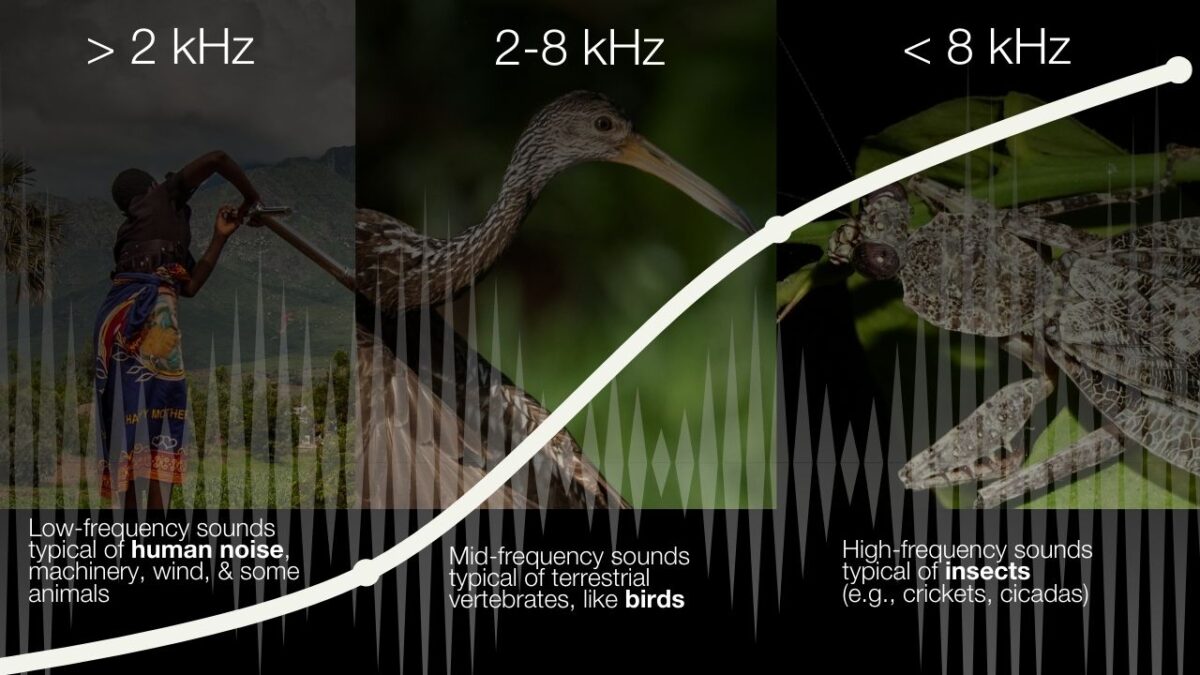
Species detection Through AI and template matching
To identify species from the recordings, the team used BirdNET, an artificial intelligence tool trained to recognize animal calls. Audio data were run through the model, and potential species detections were manually verified. For species not recognized by BirdNET—especially amphibians, mammals, and some insects—the team created custom acoustic templates for a second round of detection using Template Matching. This ensured rare or less-vocal species were not missed.
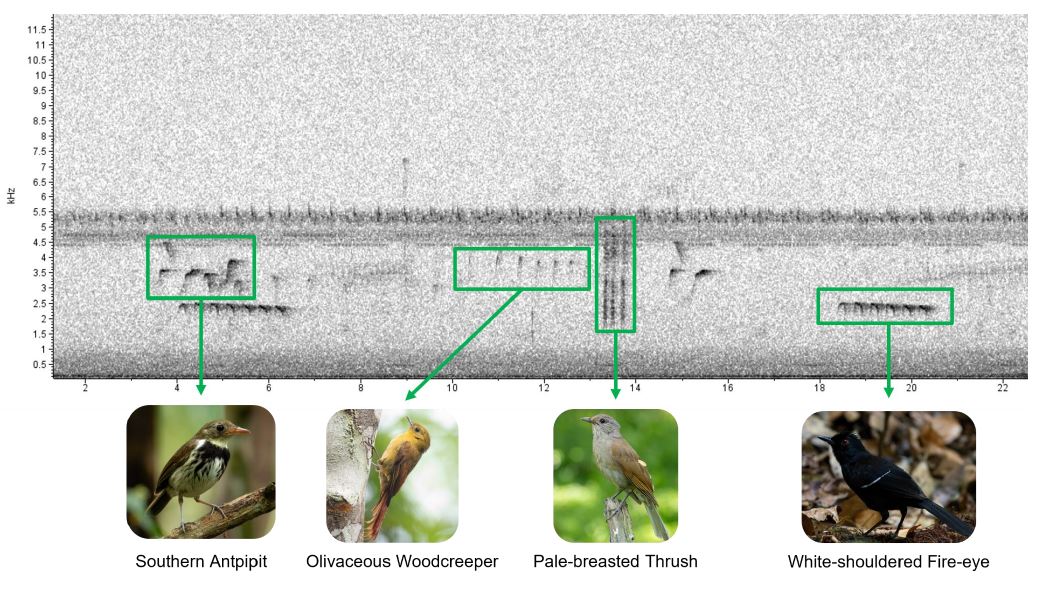
Annotated spectrogram with species’ calls from a 1-min recording. Green boxes represent the acoustic templates, extracted from WildMon, Ecoacoustic Biodiversity Monitoring in Restoration Wildlife Corridors of Pontal do Paranapanema, Brazil, 2025, page 10.
Key findings: Forest restoration works
The three-year analysis yielded clear evidence that restoration is boosting biodiversity:
- 219 species were detected across all sites, including 205 birds, 9 amphibians, 3 mammals, and 2 insects. Seven of these are listed as threatened on the IUCN Red List, including the endangered black lion tamarin and the near-threatened bare-throated bellbird, solitary tinamou, turquoise-fronted amazon, rusty-marginated guan, ornate-hawk eagle, and the black-horned capuchin.
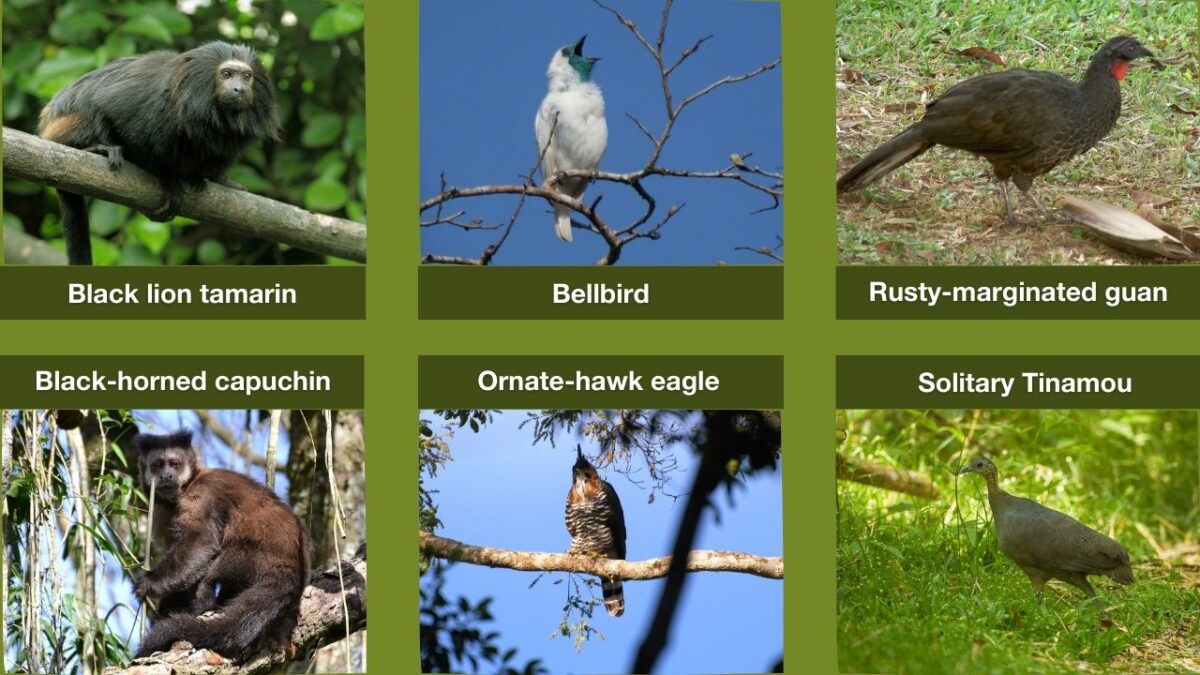
- Soundscape composition varied significantly by land use and over time. Restoration areas increasingly resembled forest remnants, indicating that restored habitats are becoming more ecologically similar to native forests.
- ASU increased notably in 2023, particularly in the mid- and high-frequency bands associated with richer biological communities—another sign of successful ecological recovery.
- Bird occupancy was strongly linked to habitat quality. Sites with higher connectivity, more native vegetation, and nearby water sources showed higher probabilities of species presence. Agricultural lands, by contrast, had the lowest occupancy rates.
- Species richness—the number of different species detected—was consistently higher in forested and restored areas compared to agricultural zones. Moreover, richness increased year-on-year, especially in the restoration sites.
A new standard for monitoring
This project demonstrates the power of ecoacoustics in biodiversity monitoring. The combination of passive acoustic data, soundscape analysis, and AI-based species recognition offers a scalable, non-invasive method for tracking ecological change. It’s particularly effective in remote or dense forest areas where traditional surveys are difficult.
As restoration efforts continue in Pontal do Paranapanema, the sounds of life offer encouraging evidence: reforesting fragmented landscapes not only reconnects habitat but also brings back the wildlife that once thrived there. Through innovative methods and long-term commitment, the forest is beginning to sing again.
Support forest science and restoration
Contact our team today to explore how your organisation can contribute to a greener, healthier future in Pontal.

